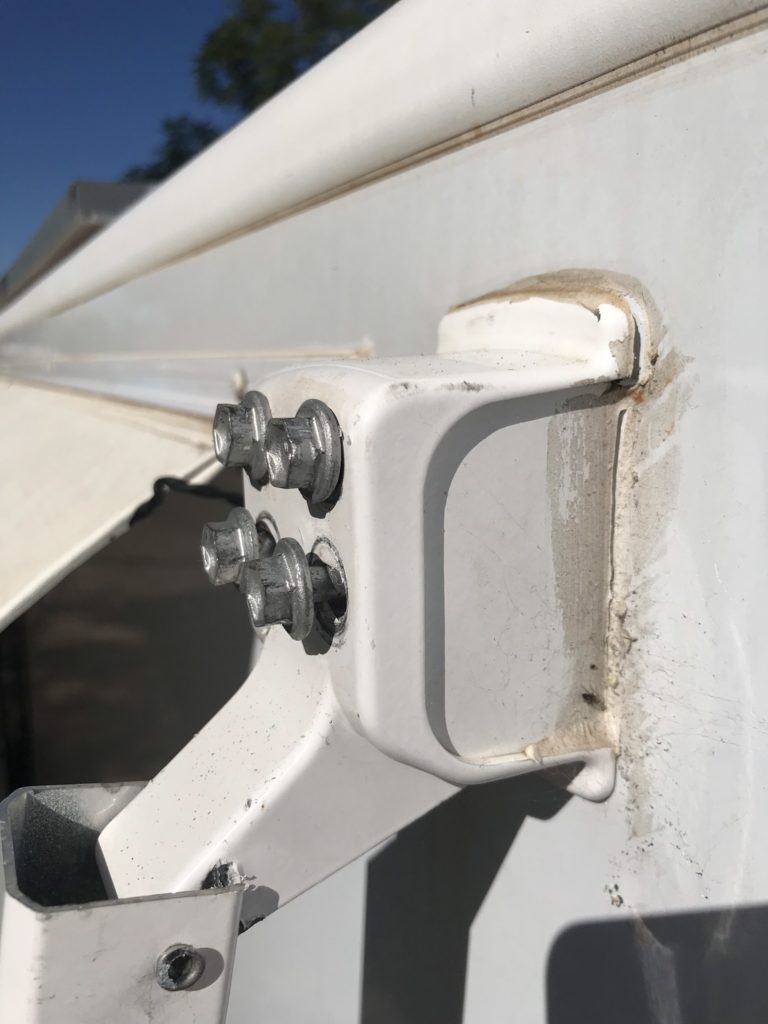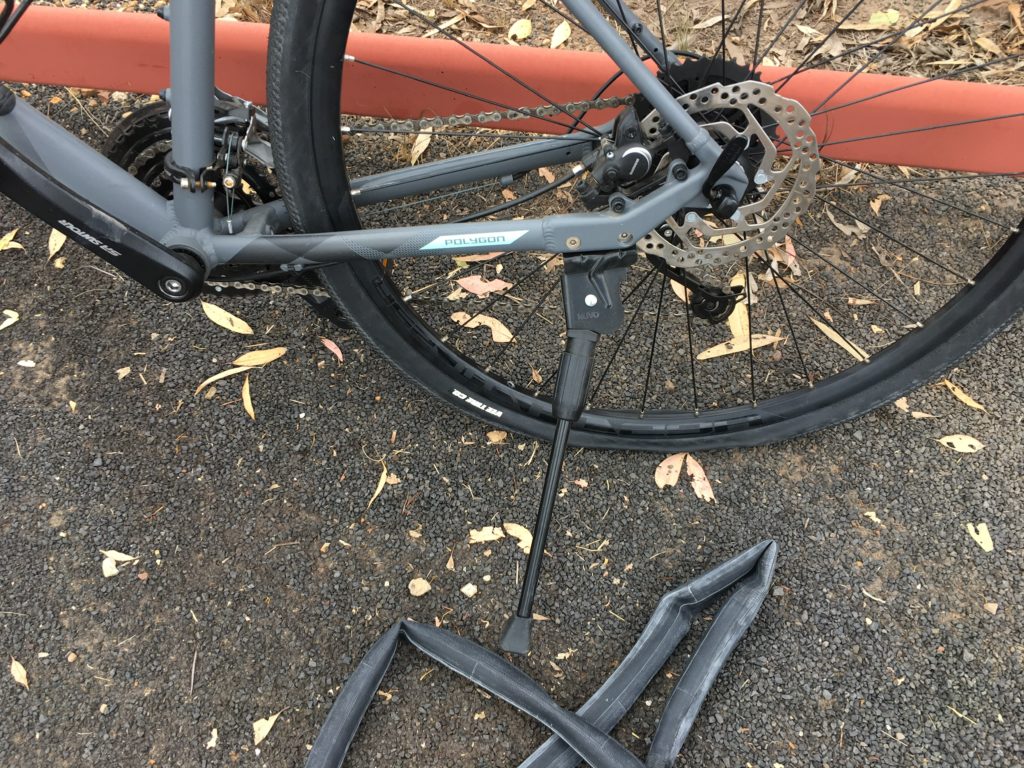Noticed awning top screws were really loose! No choice but to repair before travelling to the next destination. So off to Mitre 10 Moree.


Noticed awning top screws were really loose! No choice but to repair before travelling to the next destination. So off to Mitre 10 Moree.

Always road work somewhere on your travels… felt privileged to be escorted.

In the late 1960s, plans to develop a large plains zoo to complement Sydney’s Taronga Zoo were established. The new zoo would provide breeding facilities particularly suited to the large plains dwelling animals and to fulfil a need for an open range facility for the display of mainly grazing animals. After considerable planning and preparation, a site on the outskirts of Dubbo in central West New South Wales was chosen. Formerly an army camp during World War Two, the site was transformed into a 300 hectare zoo of woodland and irrigated grasslands. Western Plains Zoo opened to the public on 28 February 1977. When the zoo opened, it contained 35 different animals from six countries. The zoo is an open-range design, with walls and fences replaced by concealed moats which divide the animals from the visitors. This creates the impression of actually being with the animals in the wild. It was also the first zoo to be built in Australia in 60 years


